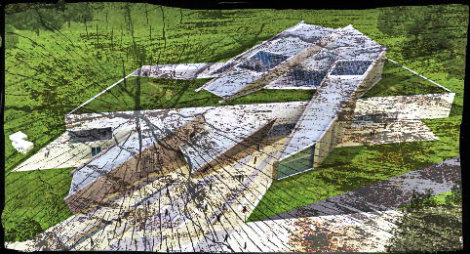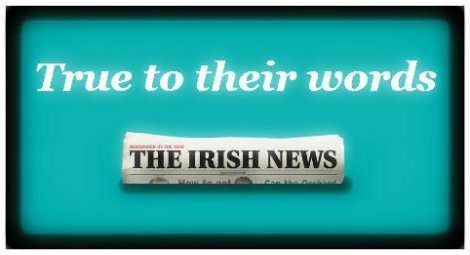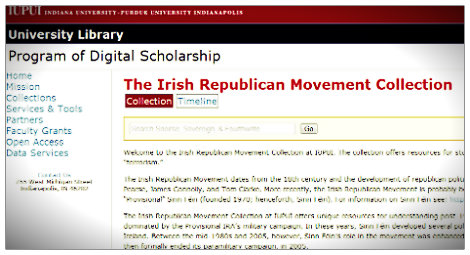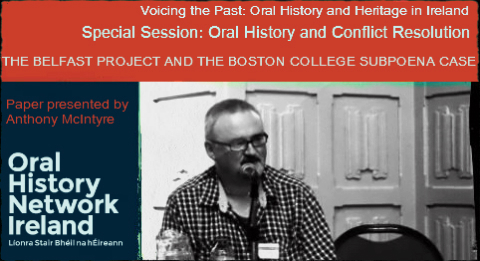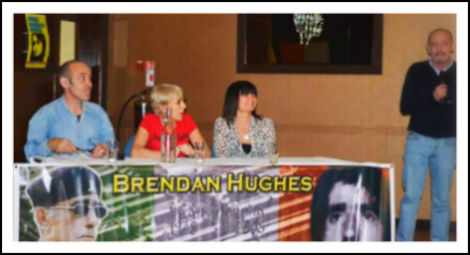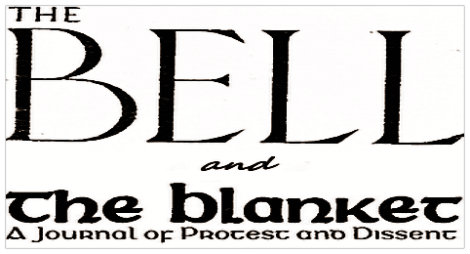This was penned in August 2007 as a companion piece to West Belfast Snores Back which featured on The Blanket. It ended up in the Forgot About Folder which was revisited in the wake of the Truth & Recrimination piece that appeared in Fourthwrite.
Something's telling you
To wake up and salute
The dangers of obedience
The violence of truth
‘The The’ from the album Mind Bomb
At the recent West Belfast Talks Back event a member of the audience asked the panel would they, as a gesture towards accepting that there should be no hierarchy of victims, attend an upcoming march for truth. If the intention of the question’s author was to lay an intellectual trap for the panel it was hardly placed with particular adroitness. A march demanding the truth behind the activities of only one party to any conflict merely prioritises the victims of the particular side marching while at the same time marching roughshod over the victims of another party. It places themselves alone on a lofty perch from which their victimhood towers over all other victims. Not much wrong with batting for your own side were not for the pretence that it is for all sides; which is precisely what the use of a universalism such as ‘truth’ suggests.
There is every good reason for people to march in Belfast and demand that the British government come clean about the history of state terror in Ireland. A dirty history it has most certainly been. That does not mean it is a march for total transparency about the conflict, rather more of a protest against British state cover up of its nefarious behaviour. As a venture calling for the British to own up it is a wholly legitimate exercise. But as a march for truth it hasn’t a leg to stand on if within its ranks are those whose metier has been organised lying and truth suppression.
Any state, because of its ostensible position as the ultimate arbiter and dispenser of justice, should be subject to democratic scrutiny and rigorous accountability to a degree greater than other societal bodies. If the state will not refrain from murdering those its claims are its own citizens why then would others desist? The more scrutiny and accountability applied the cleaner the bill of health the state can legitimately lay claim to. Legitimacy is always an important property for any state to have within its moral armoury. It permits governments the latitude to govern more through consent and less through coercion.
If Desmond Rea of the Policing Board is representative of the thinking of the British state it is not too difficult to discern how the British are going to manage the matter of what has been called truth recovery. At the Feile event Rea played it very shrewdly in claiming that he accepted the Provisional IRA argument that it had been engaged in a war; the war is over and all who were combatants should be treated the same. It parallels an old theme - the on the runs/OTRs - which saw Sinn Fein get its hands burned when it effectively negotiated an amnesty for those responsible for state atrocities.
If the Rea wisdom reflects that of the British state then it is a major victory for that state in Ireland. Having denied that the hunger strikers were part of a war, dismissing their activity as some sort of aggregated and aggravated crime wave, the British state created the circumstances in which the ten men of 1981 lost their lives. Now that it is advantageous to itself, with the Provisional IRA defeated and no longer posing any threat to the British state, it is self-serving to go along with the notion that all were involved in a war which must remain in the past tense along with culpability. Besides, a bit of equivalence will hardly matter after the event if, crucially, it was never conceded on the field of play where official judgement has already been passed on the ‘guilty’ as any perusal of court records will show. Great outcome for the Brits. Not even as much as an apology to this society for the manner in which the British state in military-strategic terms handled the hunger strikes as part of the war, not the fight against crime, it was involved in. The legacy we are living with today, more victims than were ever necessary.
Society will stumble toward something less opaque than it has now but our window on the past will always be a frosted one. There is never going to be a definitive truth emerging from the conflict here. Northern society was a glasshouse of political violence in which all sides threw stones. Too many are intent on dressing up as bouquets the bricks they hurled. One truth triumphs to the degree that it manages to suppress another. It is a society where all parties including the political class as currently constituted do not want universal truth, preferring an account, truthful or not, of a particular event only for its value in inflicting a wound on a political opponent.
As the words of The The song go … The Violence of Truth.













